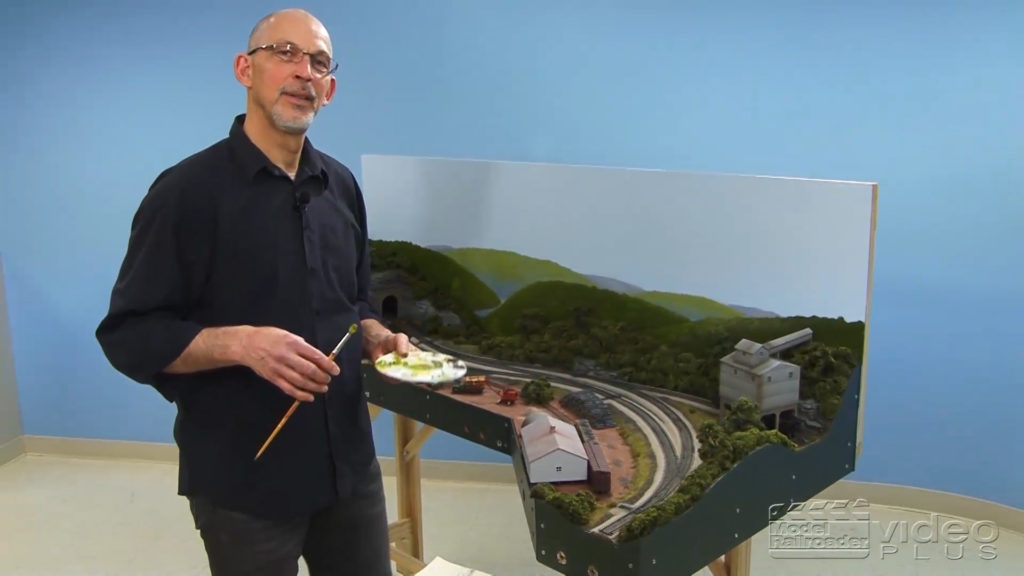
Having trouble viewing this video? Please visit our Video FAQ page In this third installment of painting backdrops, Jay Smith tackles the treetops and sun highlights in the foreground. He also shows you how to paint simple “hero” trees, those that have trunks and branches as well as leaves. […]
Read More…

Having trouble viewing this video? Please visit our Video FAQ page In this third installment of painting backdrops, Jay Smith tackles the treetops and sun highlights in the foreground. He also shows you how to paint simple “hero” trees, those that have trunks and branches as well as leaves. […]
Read More…
FULL SCREEN Todd Atkinson CSX Transportation No. 2477, an SD50-2, leads an empty westbound stone train across the Little Kanawha River Bridge at Parkersburg, W.Va., on March 2, 2007. In the background, a loaded CSX coal train crosses the Ohio River bridge that was once part of the Baltimore & Ohio’s main line to St. […]
Read More…
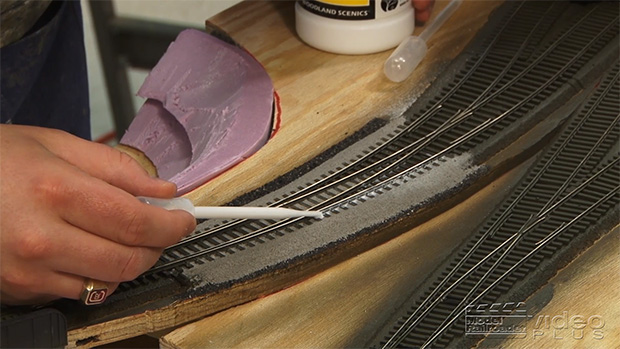
Having trouble viewing this video? Please visit our Video FAQ page Ballasting turnouts can be tricky because there’s a lot of potential for the little stones and glue to interfere with the proper operation of the points. Cody Grivno shows you an easy technique for ballasting turnouts that keeps the points working just like […]
Read More…

Having trouble viewing this video? Please visit our Video FAQ page Ballasting turnouts can be tricky because there’s a lot of potential for the little stones and glue to interfere with the proper operation of the points. Cody Grivno shows you an easy technique for ballasting turnouts that keeps the points working just like […]
Read More…
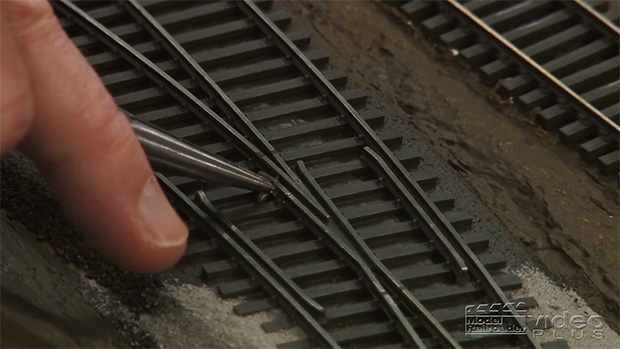
Having trouble viewing this video? Please visit our Video FAQ page You can improve the operation on most any railroad by installing turnouts with powered frogs. David shows you how we set up the Thin Branch project railroad with turnout frogs powered through switch motor contacts. […]
Read More…

Having trouble viewing this video? Please visit our Video FAQ page You can improve the operation on most any railroad by installing turnouts with powered frogs. David shows you how we set up the Thin Branch project railroad with turnout frogs powered through switch motor contacts. […]
Read More…
It’s not often you get to see railroad history in the making, but these video clips of Norfolk Southern intermodal trains in the Blue Ridge Mountains show just that. You’ll be watching trains 201 and 202, which started running in January of 2013 between Memphis and the Northeast on the Crescent Corridor. This new corridor […]
Read More…
It’s not often you get to see railroad history in the making, but these video clips of Norfolk Southern intermodal trains in the Blue Ridge Mountains show just that. You’ll be watching trains 201 and 202, which started running in January of 2013 between Memphis and the Northeast on the Crescent Corridor. This new corridor […]
Read More…
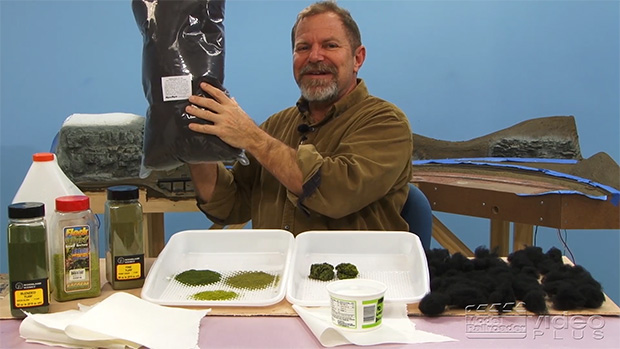
Having trouble viewing this video? Please visit our Video FAQ page Need a lot of tree-covered hills on your layout? In this video, MR’s editor Neil Besougloff shows you how to make common puffball trees. This technique models just the treetops, and it’s a great way to fill background hills with trees quickly. […]
Read More…

Having trouble viewing this video? Please visit our Video FAQ page Need a lot of tree-covered hills on your layout? In this video, MR’s editor Neil Besougloff shows you how to make common puffball trees. This technique models just the treetops, and it’s a great way to fill background hills with trees quickly. […]
Read More…
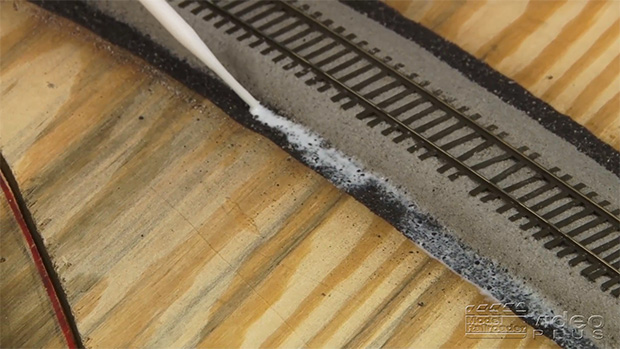
Having trouble viewing this video? Please visit our Video FAQ page Cody Grivno, our one-man ballasting crew, shares his tips and techniques for ballasting a well-groomed 1950s mainline track. Cody takes you through the process start to finish on our HO scale Thin Branch project, but his techniques work just as well in other […]
Read More…





